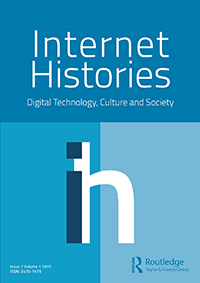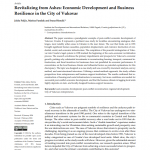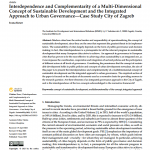
Journal: Internet Histories: Digital Technology, Culture & Society
Title of article: Google’s Post-IPO Development: risks, rewards, and shareholder value
Publisher: Taylor & Francis
Year: 2021
Abstract:
Internet history shows that states, military, universities and other public institutions were essential drivers of innovation in the early stages of network development. However, once risky stages pass, commercialisation starts and investors often reap disproportionate rewards from technological innovation. In this paper, we use the risk-reward nexus (RRN) approach (Lazonick & Mazzucato, 2013; Mazzucato, 2013, 2018; Mazzucato & Shipman, 2014) to understand the imbalance between risky public investment and private allocation of rewards regulated by financial markets. We analyse risk reporting in Form 10-K market reports submitted to the Securities and Exchange Commission (SEC) by Google Inc. (Alphabet Inc.) for the period between 2005 and 2019. We detected 58 organisational, marketing and advertising, technological, legal, competitive, and macroeconomic risks. Based on changes in risk reporting three stages of Google’s development can be discerned: post-IPO growth and expansion (2005-2008), growth management and investment diversification (2009-2013), legal struggles and regulatory scrutiny (2014-2019). Reported risks are primarily directed at shareholders, omitting risks relating to internet users, courts, regulators, and nation states. Such an approach is historically rooted in the construction of financial regulation in the name of public interests and markets, with public interests largely interpreted as a proxy for investors’ interests.
LINK:
Ful ltext is available for download here:
https://www.tandfonline.com/eprint/UIWPVYTXBDZJRZD4KSIH/full?target=10.1080/24701475.2020.1864959



